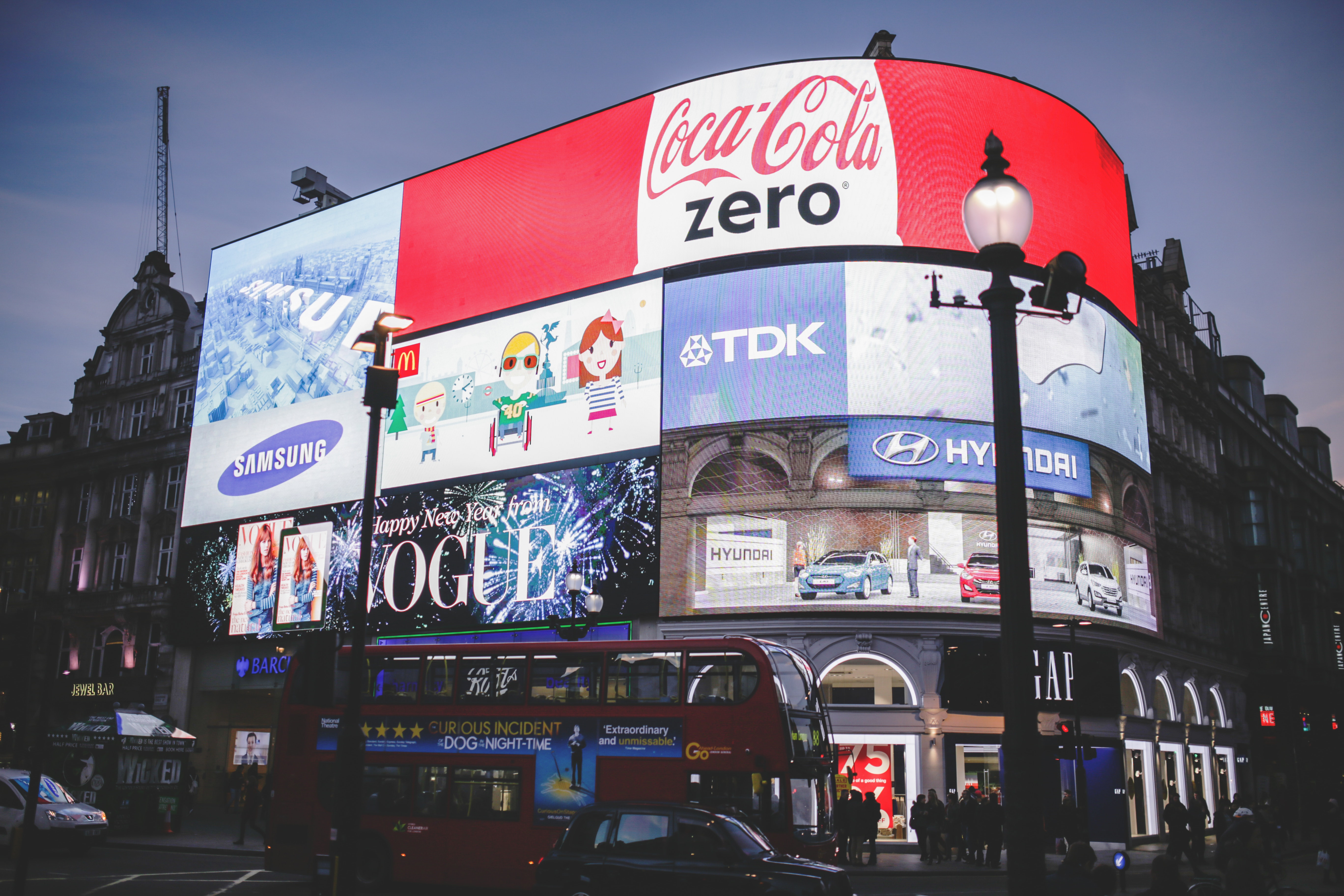






In our previous post, we introduced the many different forms of online targeted advertising, and investigated how exactly they work. Here in part two, we will focus on Google AdWords, and delve into its pricing and general effectiveness.
As of spring 2011, Google had over 1.2 million businesses advertising on its network. Three years on, this number can only have gone up. Clearly then, AdWords is an extremely popular platform for all sorts of businesses to advertise and increase their revenues. Part of the reason for this is the pricing model which AdWords relies on, which is a CPC (cost-per-click) based auction. This means that Google will only charge you when your advert is clicked on, rather than for the whole time it is displayed. When first making an account with AdWords, there are several elements of pricing to consider:
- Firstly, you must to choose a daily budget i.e. what you are willing to spend on your Google Ad per day. No contract is involved, so you can change this amount whenever you want.
- Once you have decided on a daily budget, you need to set a maximum CPC bid. This is the maximum amount which you are willing to pay Google for each click on your ad. Your actual costs may fluctuate based on the popularity of your field. For example, if you work in insurance, then your CPC could rise as high as £20.
The higher your maximum bid, the higher your ad will appear on the search results page and the more interest your ad should generate. You can also move your ad further up the results page by using more highly – targeted keywords, which will improve your ad’s rating.
So now that we have outlined the system, how can you use it to your advantage? Well, there are many important practices which you as a company should stick to in order to make the most of your ad space:
- Be specific – When creating and wording your advert, you should endeavor to use short, relevant keywords which directly apply to your business. By doing this, you will avoid spending money on keywords which are not really very specific to your business. For example, an online florist might want to say ‘long-stemmed roses’ instead of ‘red roses’. To assist you in this process, there are many online keyword tools which you can use to weed out irrelevant keywords and decide on the optimal ones for your businesses.
- Landing page optimization – the key to increasing your customer conversion rate is landing page optimization. There are many aspects to this, but they mostly involve making sure that the customer is not overwhelmed by offers and hyperlinks when they arrive on your landing page. Also, you should try to reduce the number of clicks that your customers will have to make between the landing page and the page where a room is booked / a product is purchased.
Although these steps may seem a little inconsequential, the AdWords system has been proven to work over the years. A huge amount of facts and statistics support it, such as:
- For every US Dollar spent on AdWords, businesses can make two dollars in revenue (on average)
- Amazon spent over £32 million on AdWords in 2011.
- The average click-through rate of an ad in the first position is 7.94%
After all that, hopefully we have shown you just how useful advertising systems like AdWords can be. Overall, targeted advertising is extremely valuable to most businesses, and its popularity can only increase.





